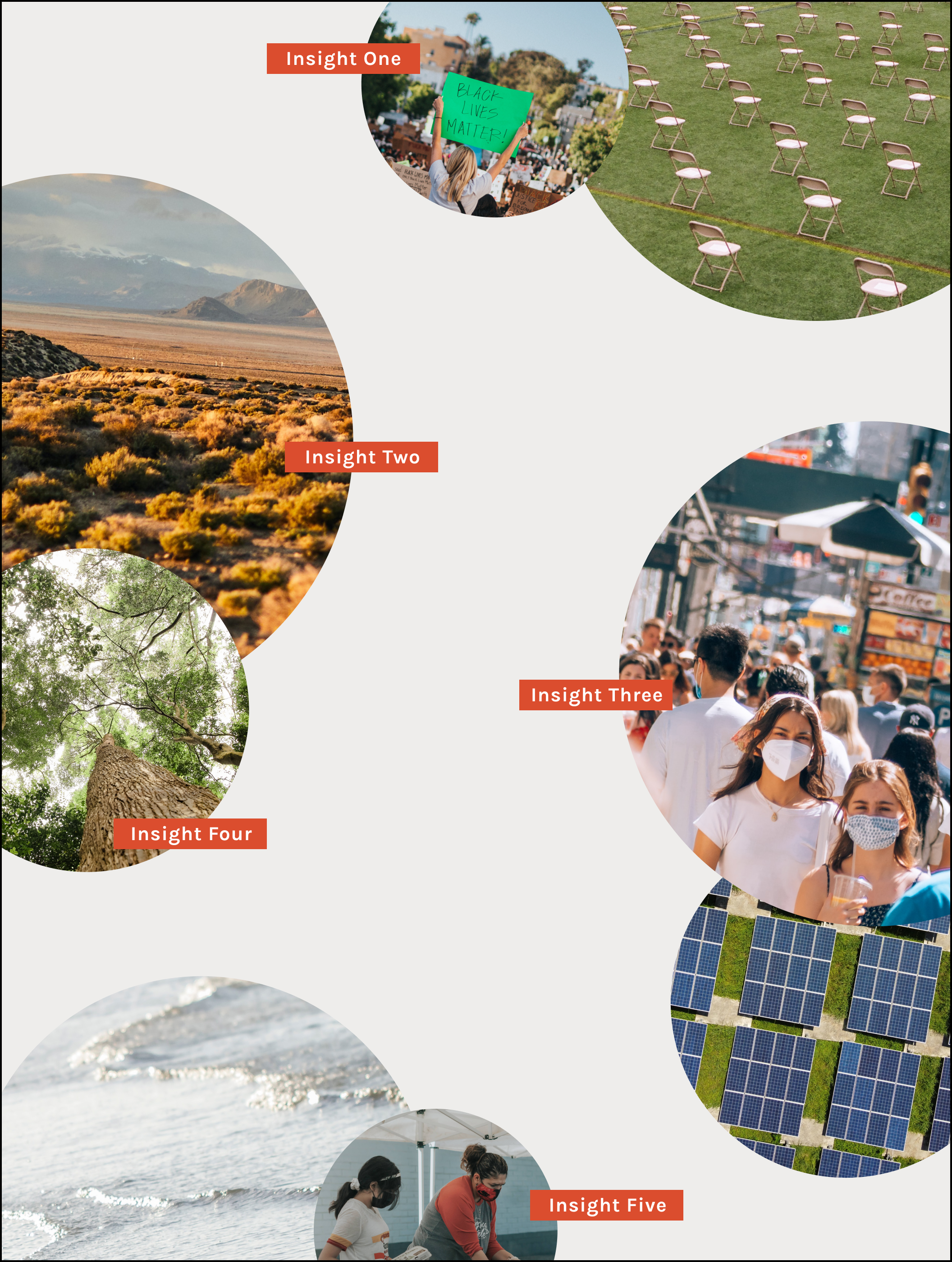With nearly six months of life with COVID-19 behind us, life after the pandemic seems just as distant as life before it. Now that reality has set in—that there’s no normal to go back to—old norms and standards are now open questions: Will we ever shake hands again? How will we travel? Is remote work here to stay?
We can (and should) look to epidemiologists, statisticians, public health officials, and other experts for insight on what the post-pandemic future will look like. But for another angle, we can look to design.
From the water pump to the modern bathroom, design innovation in response to public health crises doesn’t just change how the world looks; it changes how we live. What professional and amateur creatives have designed in response to the current pandemic is no different.
Here are four ways the design community has responded to the crisis—and how those trends may predict the post-pandemic future.
The prediction: Social distancing is here to stay.
Since New York City’s March 22 stay-at-home order, grocery aisles and checkout lines have never seemed narrower. It was normal in pre-pandemic life to squeeze by other patrons between compact rows of goods. Now, essential public spaces like grocery stores and transit hubs have responded to social distancing orders by using ad hoc visual cues to keep people six feet apart. But superficial solutions can only do so much to change behavior.
That’s why companies like Shift Architecture Urbanism and Cushman & Wakefield are thinking about how to design foot traffic patterns in spaces where people gather. For outdoor food markets, Shift designed a model for limiting how many people shop at once. And in the project 6 Feet Office, Cushman & Wakefield proposes standardizing routes for moving around the office in order to prevent unnecessary congestion.
That these solutions focus on changing behavior rather than accommodating existing behavior suggests a long-term shift in how we perceive proximity and move.
The prediction: Devices requiring direct touch will be phased out.
Social distancing is key to protecting ourselves from coronavirus. But the surfaces we touch, especially in public places, could pose as much of a health threat as personal proximity. To solve this, product designers and manufacturers are innovating ways to limit contact between our hands and the surfaces we interact with.
Take the Keychain Touch Tool designed by Peel, a company founded on designing minimalist accessories for electronic devices. The tool resembles (and functions as) a fancy bottle opener, and it can be used to press buttons and open doors. And Gekks, a company that designs shoe inserts, developed gloves with “antimicrobial technology” that are designed to be worn regardless of the weather.
Both of these products were developed by small companies. (And, at the risk of exposing my recent internet activities, they both were advertised to me on Instagram.) But if larger and more established companies follow suit, more products and processes may be designed to decrease hand-to-surface contact.
“With a critical mass of people experiencing the same problems—isolation, unemployment, and uncertainty—we look for similar solutions.”
The prediction: We’ll see a new category of prosocial products and services.
Over the past months, creatives around the world have developed crowdsourced and aggregated platforms for people to help them find work, food, or ways to keep busy—including volunteering—during social isolation.
For instance, Over Covid compiles opportunities for people to volunteer in the pandemic recovery effort. Feed Feed shares which restaurants are open in Canberra, Australia, for delivery, takeaway, and preorder. And Bored.Solutions sources and beautifully packages ways for people to pass the time, labeling each activity with an estimated duration (i.e., one day to host a virtual Netflix party, or two weeks to organize your wardrobe).
This trend could indicate a move toward a truly collective mindset. With a critical mass of people experiencing the same problems—isolation, unemployment, and uncertainty—we look for similar solutions. In response, much of the work the design community has produced in response to the crisis is collaborative and prosocial.
Brands may soon follow suit: Citing the economic fallout of the pandemic, Stacey Bendet of Alice + Olivia pushed up the launch of her networking platform, Creatively. “We know what the creative community needs right now is work,” she wrote in a blog post describing the product launch. “Our mission is to champion and help creatives.”
The prediction: Brands’ out-of-home (OOH) strategies will go hyperlocal.
With extended and indefinite remote work policies, reversed reopenings, and persistent fear of public transit, many of us are living in much smaller worlds. For those of us who can work remotely, a neighborhood walk may be the furthest we get from home.
For me, this slower way of life means noticing more, and I’ve noticed a lot of flyers. They advertise everything from outdoor bike repairs to mutual aid groups, and they could signal an opportunity for brands’ OOH strategies to go hyperlocal.
Posterscope CEO Christian Vollerslev predicts that data will heavily influence OOH strategies, determining where and how brands reach their target audiences. And the data show that while mobility is gradually returning to precrisis rates, public transportation has been the slowest to recover. Cities around the world are also considering permanently restricting cars from streets to prioritize pedestrian and bike usage.
Though the initial outlook for OOH advertising looked dire, the challenges prove optimal for innovation—and progress.




